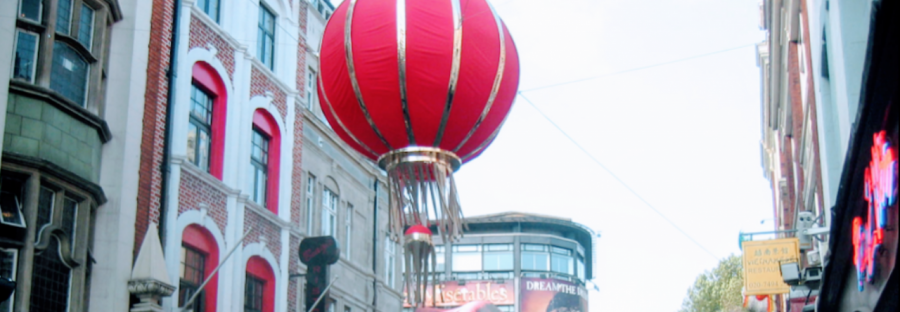Believe it or not, Chinese New Year begins today – and it is the Year of the Dragon. The dragon (龍 lóng) symbolizes strength and success in Chinese culture and, especially this year, has a kind of superpowers.
Category: Poetry of Life
Watch this. Syrian-German filmmaker Waref Abu Quba Rund has assembled around 2,900 photographs of Istanbul into a kaleidoscope of sensuality, “a mesmerizing journey into the past, paying homage to Islamic, Ottoman, Greek, and Byzantine art forms.”
Elias Canetti in his memoir recalls an event as of July 15, 1927 that even many years afterwards was clearly photographed on his brain. At that time, workers were shot in Burgenland, Austria, but the murderers were acquitted. That caused an uproar in Vienna.
Picasso’s studio was a “temple of a kind of Picasso religion”, according to his late lover Françoise Gilot. Among its regular visitors was the photographer Brassai who was known for his clumsiness and Picasso took pleasure in taunting him with the words, “Well, what are you going to destroy today?”

